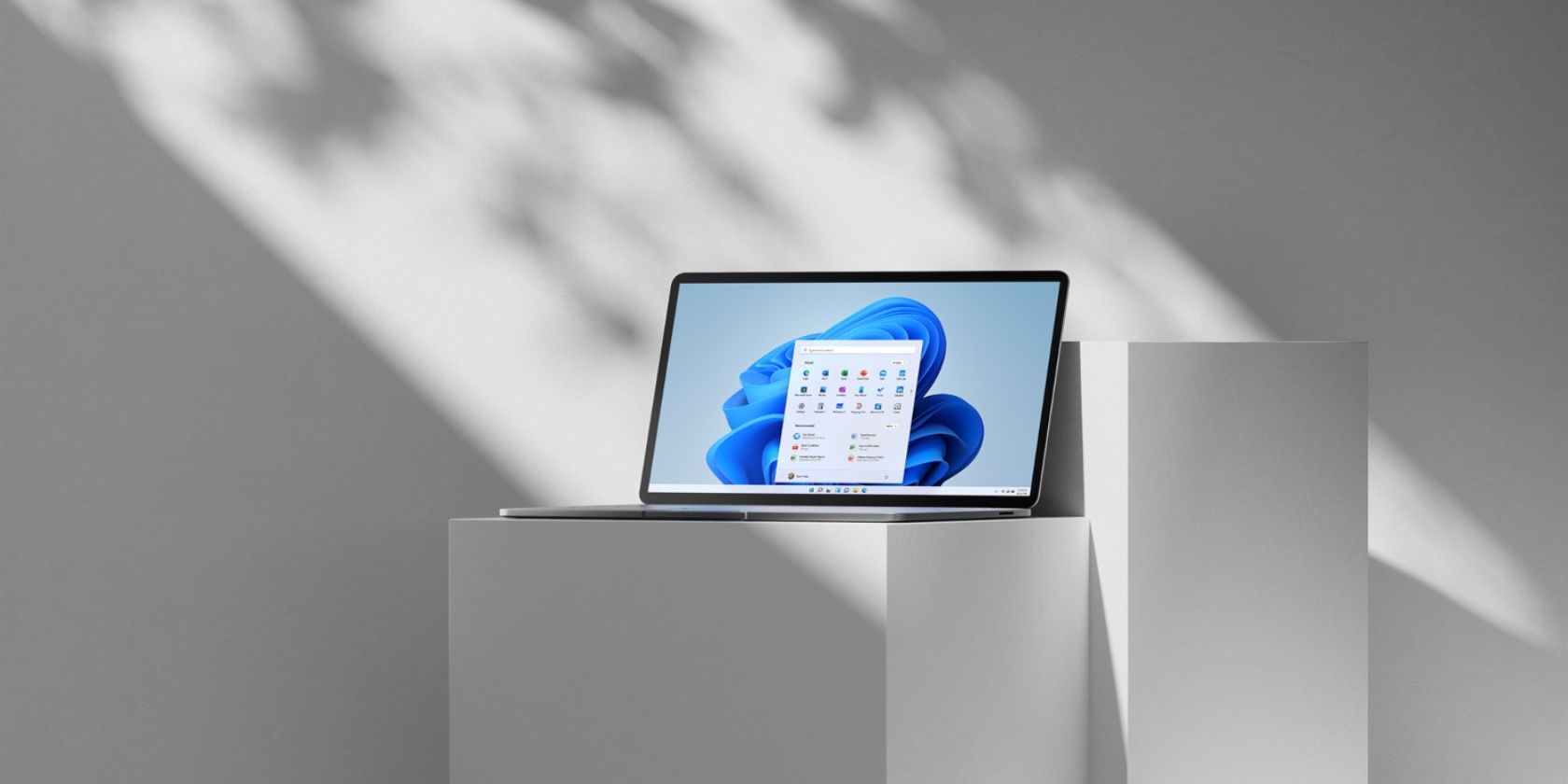

That wouldn't be the case for Apple Silicon Macs, and there's really no good reason why Apple would spend the time and resources to develop and maintain alternate graphics, networking, and chipset drivers just so a handful of users could run a competitor's operating system.

But because Intel Macs were mostly just PCs under the hood, the company could rely on Intel, AMD, Nvidia, Broadcom, and other companies to actually provide drivers for most of the important components. To run a fully functional copy of Windows on Apple Silicon Macs, someone would need to re-create this driver work for Windows, too.Īpple provided some Windows drivers for Intel Macs for components like its mice and trackpads. They have explicitly developed the ability to securely run third-party OSes and bootloaders on these machines, and left the rest to us." "We do not have any expectations of direct support, documentation, or additional development effort from them, nor do we expect them to attempt to hinder third-party OSes in any deliberate way. "Apple's approach to third-party OSes is essentially 'have fun,'" explains the Asahi Linux Introduction to Apple Silicon. Further Reading Four-person dev team gets Apple’s M-series GPU working in Linux


 0 kommentar(er)
0 kommentar(er)
